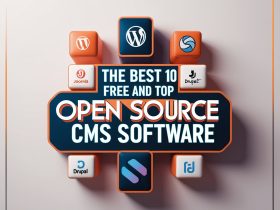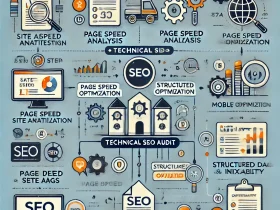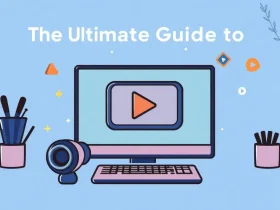Creating effective SEO keywords and meta descriptions is crucial for enhancing your blog’s visibility and attracting organic traffic. This guide will walk you through the steps to identify high-ranking keywords and craft compelling meta descriptions that resonate with your audience.
Understanding SEO Keywords
SEO keywords are the terms and phrases that users enter into search engines when looking for information. Selecting the right keywords is essential for optimizing your blog content.
Steps to Identify Top Rankable Keywords
- Conduct Keyword Research:
- Use tools like Google Keyword Planner, Ahrefs, or SEMrush to find relevant keywords.
- Look for keywords with a balance of high search volume and low competition.
- Analyze Search Intent:
- Understand the intent behind the keywords. Are users looking for information, products, or services?
- Tailor your content to meet the specific needs of your audience.
- Consider Long-Tail Keywords:
- Long-tail keywords (phrases with three or more words) often have less competition and can attract more targeted traffic.
- Example: Instead of “shoes,” use “best running shoes for flat feet.”
- Check Competitor Keywords:
- Analyze the keywords your competitors are ranking for using tools like Moz or SpyFu.
- Identify gaps in their content that you can fill with your blog.
- Utilize Google Trends:
- Monitor trending topics and keywords to stay relevant.
- Adjust your keyword strategy based on seasonal trends and emerging topics.
Crafting Compelling Meta Descriptions
A meta description is a brief summary of your blog post that appears in search engine results. It plays a vital role in attracting clicks and improving your click-through rate (CTR).
Best Practices for Writing Meta Descriptions
- Keep It Concise:
- Aim for 150-160 characters to ensure your description is fully visible in search results.
- Example: “Discover the best running shoes for flat feet with our comprehensive guide. Find comfort and support for your next run!”
- Include Target Keywords:
- Incorporate your main keyword naturally within the meta description.
- This helps search engines understand the content of your page and can lead to higher rankings.
- Create a Compelling Hook:
- Use action-oriented language to entice users to click.
- Phrases like “Learn how,” “Discover,” or “Get tips” can encourage engagement.
- Highlight Unique Selling Points:
- Mention what makes your content valuable or different from competitors.
- Example: “Explore expert reviews and user ratings to find the perfect shoes for your needs.”
- Use a Call to Action (CTA):
- Encourage users to take action by including a CTA in your meta description.
- Example: “Read more to find your ideal pair today!”
- Avoid Duplicate Descriptions:
- Ensure each blog post has a unique meta description to prevent confusion and improve SEO.
- Google may penalize sites with duplicate content.
Optimizing Your Blog for SEO
Once you have your keywords and meta descriptions, it’s time to optimize your blog content.
Key Optimization Strategies
- Incorporate Keywords Naturally:
- Use your primary keyword in the title, headings, and throughout the content.
- Avoid keyword stuffing, which can harm your SEO efforts.
- Use Headings and Subheadings:
- Organize your content with H1, H2, and H3 tags to improve readability and SEO.
- This helps search engines understand the structure of your content.
- Optimize Images:
- Use descriptive file names and alt text for images to improve SEO.
- This can also enhance accessibility for users with disabilities.
- Internal and External Linking:
- Include links to other relevant blog posts on your site (internal links) and reputable external sources.
- This can improve your blog’s authority and user experience.
- Monitor Performance:
- Use tools like Google Analytics and Google Search Console to track your blog’s performance.
- Analyze which keywords are driving traffic and adjust your strategy accordingly.
My Opinion
Creating top rankable SEO keywords and compelling meta descriptions is essential for driving traffic to your blog. By conducting thorough keyword research, understanding search intent, and crafting engaging meta descriptions, you can significantly enhance your blog’s visibility and attract a targeted audience. Remember to continuously monitor your performance and adapt your strategy to stay ahead in the ever-evolving world of SEO.
Embrace these practices, and watch your blog flourish in search engine rankings! # Top Rankable SEO Keywords and Meta Descriptions for Your Blog
Thanks for diving into this post with us! If you enjoyed the insights, be sure to hit that subscribe button and join the Trendy Talks community for more exciting content!




















Leave a Reply